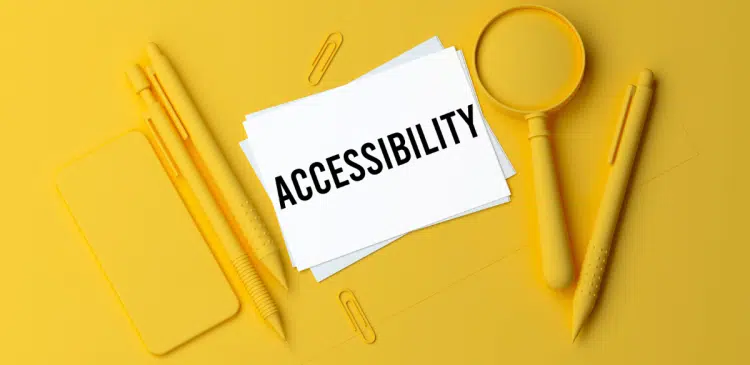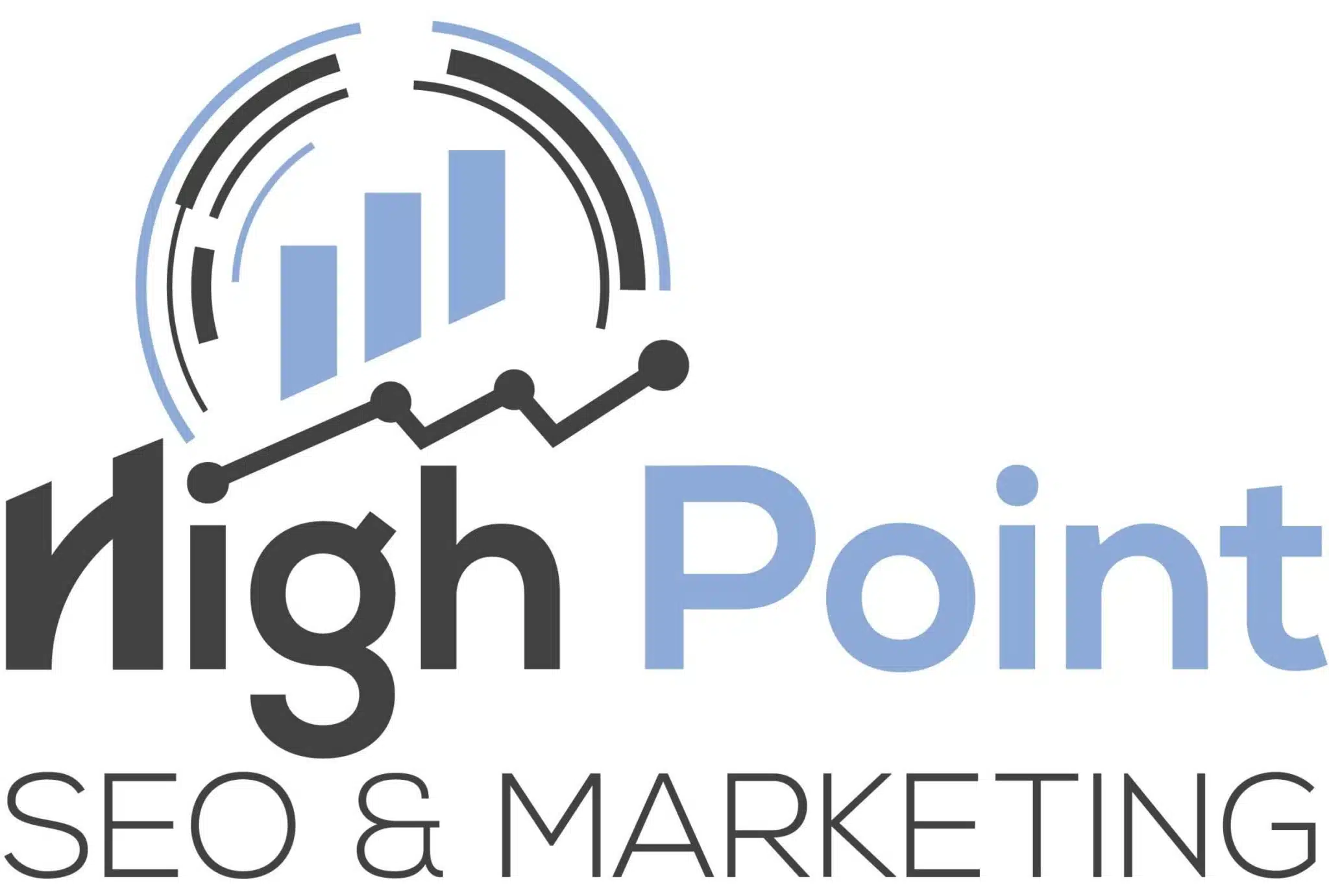How Important Is Accessibility in Web Design?

In this age of computers, internet sites are not merely online brochures but also absolute necessity in terms of communicating, trading, educating, and entertaining. However, when a site is not available it can shut out millions of individuals to its efficient use. Web design accessibility is not an option but a requirement.
Today, we are going to discuss what accessibility is, why it is important, and how web designers and companies could make their websites accessible to all.
What Is Web Accessibility?
Web accessibility refers to the process of designing and developing websites such that they become accessible to everybody, notwithstanding physical and cognitive disabilities.
This includes users who are:
- Visually impaired or blind
- Deaf or hard of hearing
- Mobility impaired
- Neurodivergent (e.g. those with ADHD, dyslexia or autism)
- Suffering temporary impairments (e.g. broken arm)
- With the help of assistive technologies (screen readers, voice navigation, etc.).
To put it simply, an accessible site is a site which can be used, comprehended, and handled by everyone.
Why Accessibility Matters
It’s a Legal Requirement
The Accessibility of the web is commonly mandated by law including:
Americans with Disabilities Act (ADA): Although the act was originally intended to be applied to physical space, its application in the case of websites has grown with court decisions.
Section 508 of The Rehabilitation Act: Demands that federal agencies and agencies receiving federal funds provide accessible electronic and information technology.
State and local laws: A few of the states have their accessibility requirements to businesses and websites that are open to the public.
Failure to comply will attract lawsuits, monetary fines and loss of reputation.
It Expands Your Audience
The CDC reported that 1 out of 4 adults in America are disabled. That’s over 60 million people. By opening up your web site to everybody, you can access a significantly broader market, such as those aging groups who might have some vision or hearing challenges.
Why ignore the prospective customers when a few changes in designs can add them?
It Improves SEO and Usability
Accessibility in most cases results in enhanced search engine optimization (SEO). The search engines, such as Google, prefer well-structured, fast, and navigateable web pages, which are the main principles of accessibility. Also, an accessible site improves usability for everyone.
For example:
- Clarity of headings benefits both the users of the screen reader as well as enhancing scanning to all readers.
- Video captions are useful to both the deaf and individuals who are in a noisy place.
- Keyboard navigation assists the disabled and power users, who want to use shortcuts.
- It mirrors Inclusion and Social responsibility.
The websites that are easily accessible indicate that your business or organization upholds and appreciates diversity. Accessibility proves to be understanding and caring in a time when consumers are concerned with social values.
Key Principles of Accessible Web Design
Creating a friendly site requires adherence to best practice which benefits everyone. These concepts can be encapsulated in the POUR model of the Web Content Accessibility Guidelines.
Perceivable
- The display of information and user interface elements should be in forms that can be understood by the users.
- Alt text should be used on images to allow definition of images by the screen reader.
- Video and audio should be given text captions and transcripts.
- Make sure that there is a good contrast of color to the individuals with visual disabilities.
Operable
- The users should have the opportunity to navigate the interface and manipulate items.
- Enhance complete keyboard navigability of the site.
- Flashing seizure triggering material should be avoided.
- Offer intuitive navigation.
Understandable
- The information and navigation should be user friendly.
- Use simple language and do not use jargon.
- Logical structure of design: headings, lists and buttons need to be clear.
- Provide useful form messages and instructions.
Robust
- The content should be able to match the present and future assistive technology.
- Adhere to HTML standards and semantic codes.
- Cross-browsers and screen readers.
Common Accessibility Mistakes (and How to Avoid Them)
Even well-meaning designers make mistakes; here are a few to watch out for:
| Mistake | Why It’s a Problem | How to Fix It |
| Missing alt text | Screen reader users can’t understand images | Add descriptive alt attributes |
| Poor color contrast | Hard to read for users with low vision | Use tools like WebAIM to check contrast |
| No keyboard support | Users who can’t use a mouse are stuck | Test all navigation and buttons via keyboard |
| Non-descriptive links | “Click here” doesn’t help screen readers | Use meaningful link text like “Download brochure” |
| Complex forms | Confusing for users with cognitive disabilities | Simplify layout and add labels/instructions |
How to Test for Accessibility
You do not have to be a technological person to enhance accessibility.
The following are some easy methods of testing your site:
Use Automated Tools
- WAVE by WebAIM.
- Chrome Dev Tools lighthouse.
- Axe Accessibility Checker.
These tools are able to detect such common problems as the absence of alt text, low contrast, or incorrect form names.
Keyboard Navigation Test
Get used to using your site with the keyboard only (Tab, Enter, Shift +Tab). When you are unable to move around, so can your users.
Screen Reader Test
Test a screen reader such as NVDA (Windows), or Voiceover (Mac). Have your material read aloud to you.
Building Accessibility Into Your Workflow
Accessibility is not an add on that you should put in later in your web design process:
Plan: Consider the accessibility when wireframing and planning content.
Design: Select convenient colors, fonts, and designs.
Develop: Clean and semantically write HTML and adhere to ARIA rules.
Test: During development, and post-launch, periodically test accessibility.
Maintain: Check accessibility during updates or the addition of new features.

 Bill Yeager, Co-Owner of High Point SEO & Marketing in CT
Bill Yeager, Co-Owner of High Point SEO & Marketing in CT